
The Barrio San Diego Tlalcozpan is one of the Four Barrios of Xochimilco. Still considered one of Xochimilco’s “new neighborhoods,” it dates only to the 18th century. The name, Tlalcozpan, comes from the Náhuatl meaning “Place of the yellow earth.” Just beyond the Cathedral of San Bernardino, residents attended the main church of Xochimilco until their own chapel, featured above, was built in 1975.
The San Diego de Alcalá Chapel is a strong focal point for the neighborhood. The Puente de San Diego footbridge (at right in the photo above) might also be a symbol of the neighborhood, sometimes referred to as “La Playita.” The chapel and the footbridge in the neighborhood’s extreme northeast, perhaps also partly explain the chapel’s strong asymmetrical façade. The neighborhood begins immediately behind San Bernardino, and along with the Cuatro Barrios, make for a popular place for visitors to explore on foot. Crossing the footbridge leaves you in the center of three of them; San Diego, San Esteban Tecpanpan, and San Lorenzo Tlaltecpan. The fourth neighborhood, La Guadalupita, is to the west of San Diego, and just north of the Cathedral.
The neighborhood feast, that of “San Dieguito,” is celebrated every November 13. It’s usually accompanied by fireworks and streets crammed with people.
Today, most outsiders come to the neighborhood for a glimpse of the famed Castillo Blanco de Xochimilco. From the Embarcadero Salitre or the Embarcadero Caltongo, on a boat, it can be a very long trip. And lots of travelers don’t ever learn of the castle until after they’ve booked their canal tour.
Though it’s on an island, you can catch a glimpse of the Castle from the end of the Tlatchitongo alleyways, as they approach the canal. Just turn north off of Calle Prol. Josefa Ortiz de Domínguez. The building is privately-owned and can’t be visited. But it’s also evocative. It’s a 1930 residence designed to look like a medieval castle. Damaged in the 2017 earthquakes, it’s still remarkable. Somehow Xochimilco has a way of spiriting us away. This is one more place to experience it.
The legend of the neighborhood springs from the end of the 18th century when it really was a new neighborhood. The barrio was plagued by what was then referred to as the “cold disease.” It was actually malaria. The neighborhood didn’t have any patron saint and so the Brothers of the San Bernardino monastery began looking for one to cure the many suffering. Because San Diego had no neighborhoods in the area, the friars took him on.
In English, Saint Didacus of Alcalá is sometimes called Diego de San Nicolás. He died in 1463 in Alcalá de Henares, just outside Madrid. It’s said that residents who called upon him without using the diminutive were struck by the plague. To this day, the most common name for San Diego Tlalcozpan is still “San Dieguito.” That’s how residents call on the saint for protection, and they’re sometimes called “Dieguitos” themselves.
 55 4755 2601
55 4755 2601
 https://www.facebook.com/capillasandiegoalcala/
https://www.facebook.com/capillasandiegoalcala/
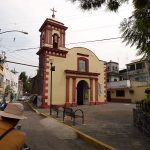
Nearest at 0.12 kms.
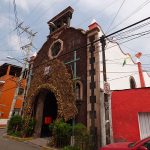
Nearest at 0.14 kms.
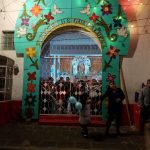
Nearest at 0.23 kms.
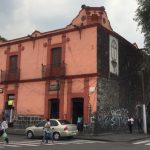
One of the oldest houses in Mexico City, and a unique take on Xochimilco...

The quickest easiest way to the canals of Xochimilco...
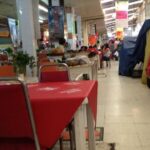
A teeming hive of commerce, culture, and food, it's a spectacular place for lunch and more.
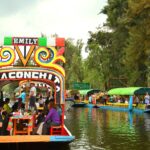
The Cuemanco Boat Launch at Xochimilco Lake is one of the biggest and most publicly accessible trajinera launches in Xochimilco.
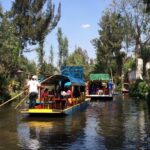
One of the closest "ecological" boat launches in Xochimilco, you'll set off for the deepest and most verdant canals.